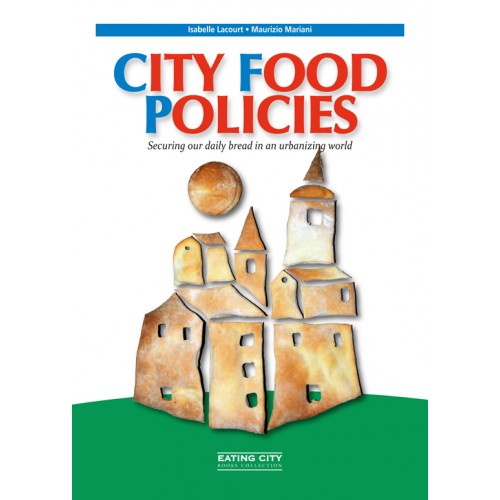Abstract : Cities concentrate people, goods, capital investments, infrastructure and knowledge. They gradually expand worldwide, housing a growing population, whereas rural exodus accelerates the decline of many territories. Despite the evidence that a city eats. It eats food, but also it consumes the land needed to produce it, food is not usually considered among the competences of a city.
Despite this general trend, several cities start to re-evaluate food as a mean to improve urban planning and citizens’ wellness, opening simultaneously several avenues for reflection, research and action. As illustrated by the different cases histories presented in this essay, they can be driven by different motivations, but share a common vision in which food-related projects are transversal to siloed mainstream policies such as health, education, landscape management, transport, environment, waste and water management, adaptation to climate change, local economy and social welfare, thus strengthening social cohesion and creating a social bond.
The needed paradigm shift in both food planning and policy making calls for a concerted commitment at both continental, regional and local level. To move in this direction, cities must equip themselves with adequate structures that works as a vehicle for change, embedding all different stakeholders, including citizens in a stimulating space of innovation, being in charge of vision-making and practical projects, looking at tailor-made interfaces of cooperation between urban centers and adjacent territories.
Twelve cases studies have been implemented within Eating City platform to evidence the relevance of city food policies promoting social and ecological resilience.
The exam of successful projects shows how these pioneers have been able to detect the capacity of food-related projects to strengthen social cohesion and create a social bond, on top of such benefits. Indeed, not only food can become a thread that connect all the main competences of the cities related to urban environment, economic development, education, solidarity, culture and leisure, health, politics and governance, but it can also give consistency to a synergic osmosis between cities and adjacent territories.
Read more at: http://www.agricultureinanurbanizingsociety.com/

